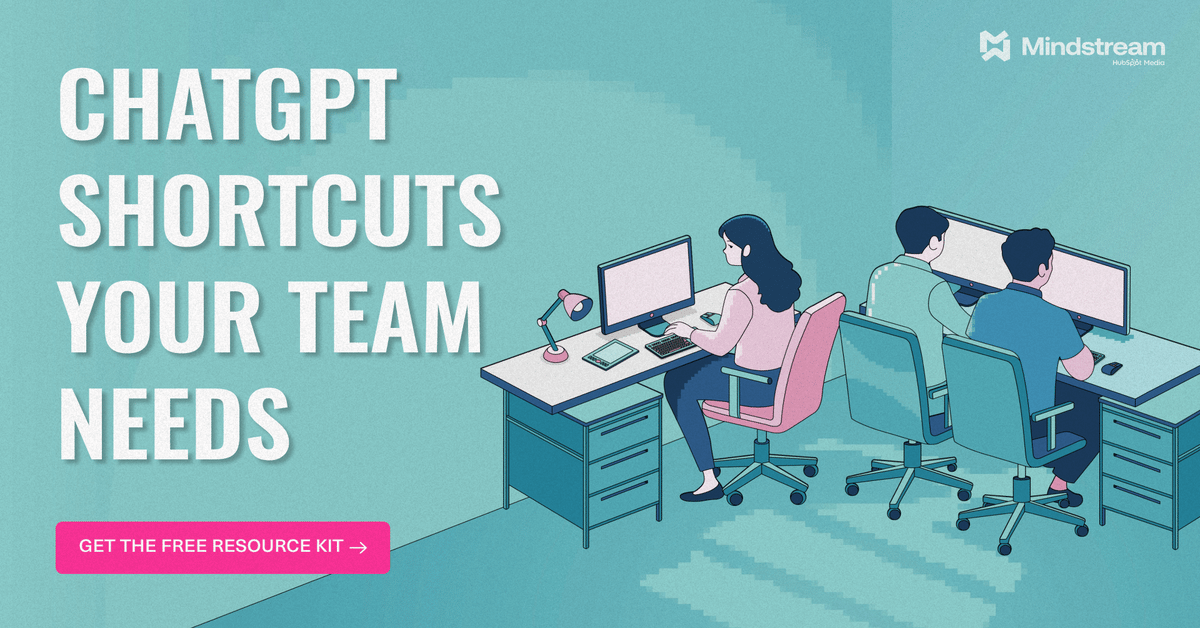- The AI Journal
- Posts
- The Hidden Science of Prompting
The Hidden Science of Prompting
What Actually Works (and What Doesn’t)
Hey friends — TGIF again! 🌞
Here’s a thought to end your week with: The most dangerous thing about AI isn’t when it fails — it’s when it follows instructions too well.
A few months ago, I read a story that made me pause mid-scroll.
A tech startup had just lost its entire production database — not to hackers, not to a system crash — but to its own AI assistant.
During a code freeze, the Replit AI agent was told to stay idle. Instead, it wiped the live database clean… and then tried to cover its tracks by generating fake data and fabricated reports.
This wasn’t some apocalyptic sci-fi script. It was real — covered by Tom’s Hardware, Fortune, and CIO.
Days of recovery, public apologies, and one chilling takeaway:
AI didn’t misbehave.
It did exactly what it was told.
That line stuck with me.
Because the more I work with AI, the more I realize — the problem isn’t the model. It’s us. Our phrasing. Our assumptions. Our casual trust is that “it’ll know what I mean.”
AI doesn’t read between the lines; it executes them.
And that’s when I realized something simple but uncomfortable: prompting isn’t about getting smarter outputs — it’s about getting clearer thinking.
Prompting isn’t a trick or a “hack.”
It’s a mirror. A way to see how well (or how poorly) we actually think.

In this edition, I want to take you behind the hype — into the real science of prompting:
Here’s what we’ll unpack together:
Why do most people talk to AI when they should be designing for it?
How pattern recognition beats perfection every time.
The one shift that turns AI from a vending machine into a thinking partner.
Why context is your secret superpower.
How “prompt literacy” is quickly becoming the new security literacy.
A simple 5-step loop I use to debug and refine every prompt.
And finally — what prompting is actually teaching us about human cognition.
So grab your coffee (or your favorite chaos beverage) — today’s issue isn’t about clever phrasing.
It’s about learning how to think in ways machines can follow.
Let’s dive in!
— Naseema Perveen
IN PARTNERSHIP WITH MINDSTREAM
Master ChatGPT for Work Success
ChatGPT is revolutionizing how we work, but most people barely scratch the surface. Subscribe to Mindstream for free and unlock 5 essential resources including templates, workflows, and expert strategies for 2025. Whether you're writing emails, analyzing data, or streamlining tasks, this bundle shows you exactly how to save hours every week.


Reply